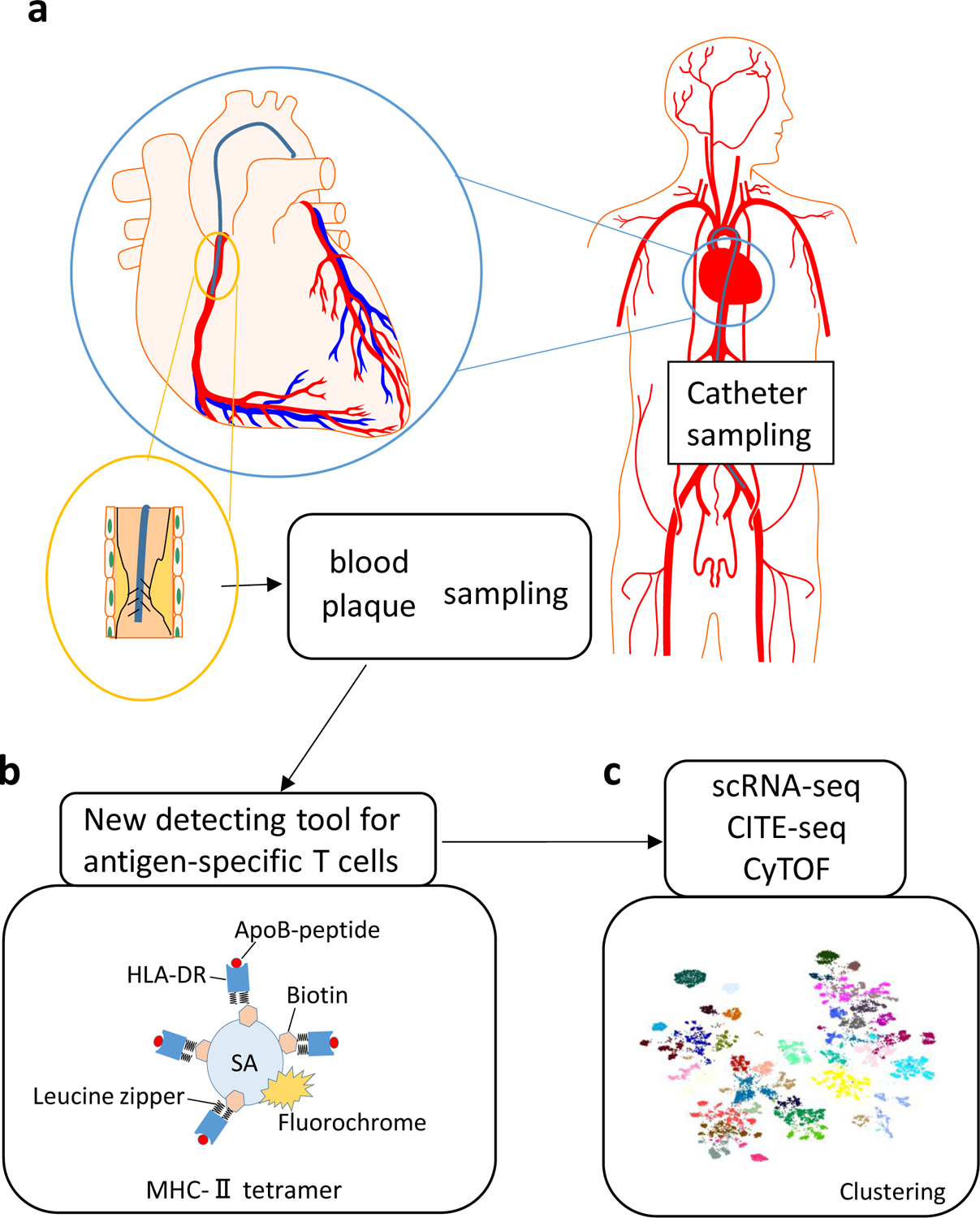Fig. 3 |. Tools for sampling and analysis of T cells in atherosclerosis.

a | Advanced percutaneous catheter devices can be used to sample the boundary layer of blood close to the vessel wall upstream and downstream of intact and disrupted human coronary atherosclerotic plaques or to sample plaque debris generated by plaque disruption through stent placement. A distal protection device can be positioned in the coronary artery downstream from the atherosclerotic plaque. b | Tetramer technology to identify apolipoprotein B (ApoB)-specific T cells. The tetramer reagent consist of four specific recombinant major histocompatibility complex (MHC) class II molecules tetramerized with streptavidin (SA) and loaded with ApoB-peptide for detecting ApoB-specific T cell receptors. c | Single-cell RNA sequencing (scRNA-seq), cellular indexing of transcriptomes and epitopes by sequencing (CITE-seq) and mass cytometry (CyTOF) provide deep transcriptome data, cell surface phenotypes and T cell receptor sequencing data for ApoB-specific T cells in atherosclerosis.
